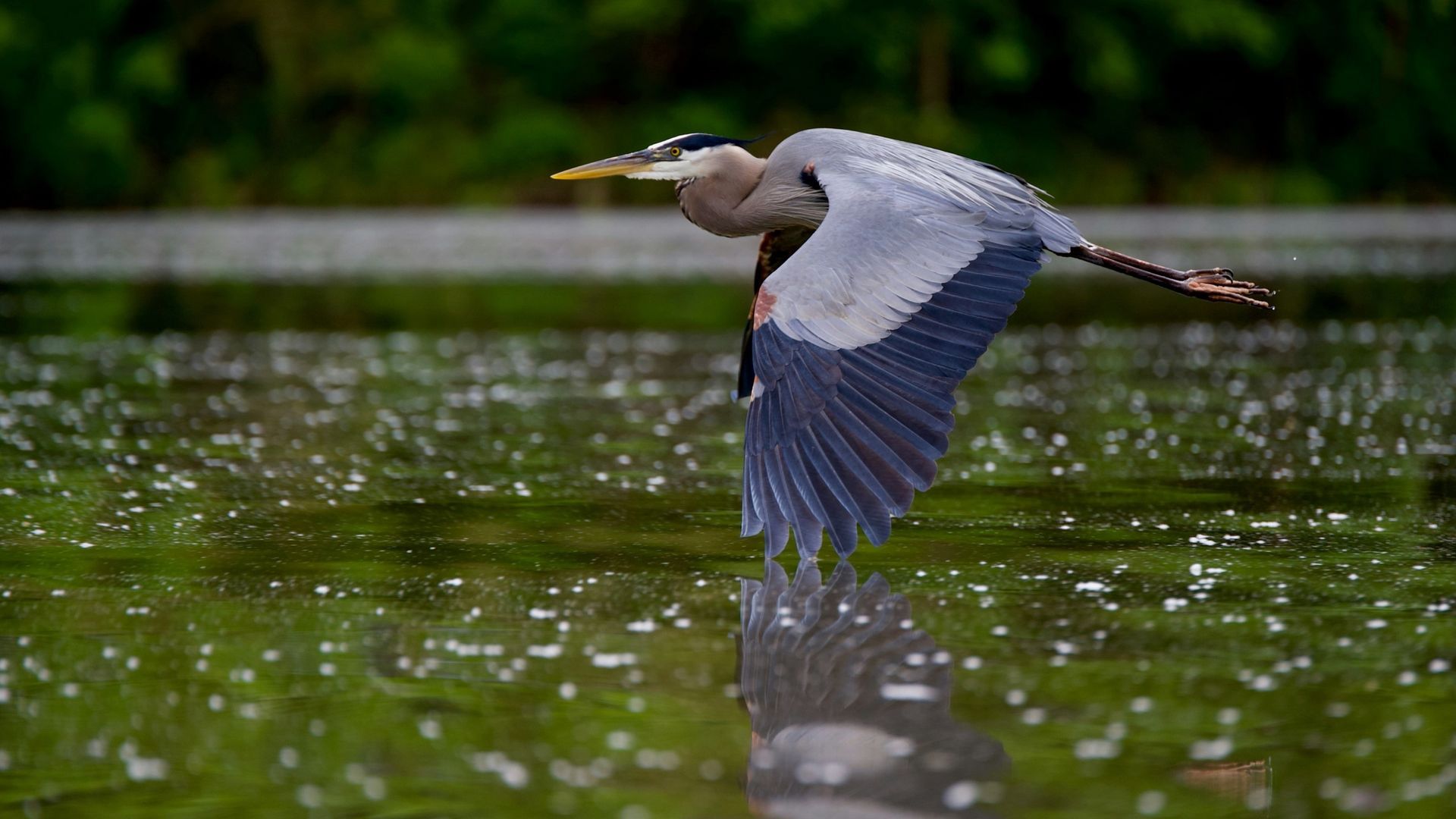Oyster Facts: Harvest Begins Oct. 2nd
News Staff • September 16, 2023
The oyster is vital to the health of local bays

According to the Mobile Bay Estuary Program, oysters thrive in the waters of coastal Alabama. Our southern climate allows for year-round harvest, and our flourishing bays and estuaries provide plenty of nutrition and protection that enhances the coastal landscape.
An old myth specifies the best time to eat oysters is during months that contain an “R” (i.e. September through April) and to avoid eating oysters in months that do not contain an “R” (May through August). Today, thanks to modern refrigeration and the development of new breeds of oysters that do not reproduce in the summer, oysters are fine to eat any time.
Starting on October 2nd, the Alabama Department of Conservation and Natural Resources (ADCNR) will open limited areas of public oyster bottoms for weekday harvest.
Here Are Some Interesting Oyster Facts:
- Oysters can remove the particles before they have a chance to create an algal bloom. A single oyster can filter as much as 50 gallons of water daily.
- Oysters have gills! Similar to fish, an oyster has four layers of gills. However, instead of using their gills for breathing, oysters use them for eating. The gills are the perfect tool for filtering algae particles and plant bits.
- Oysters have the option to change sex. Oysters vary in sex depending on their environmental conditions and different physiological stressors. They might also change sex depending on the sex of the oysters around them.
- Harvested oysters should be stored in an open container in the refrigerator; do not place them in an airtight container.
- An oyster becomes an adult when it turns one year old and can live as long as 20 years.
- Oyster shells are recyclable. You can return your shells at several drop off locations around the Bay, and they'll be reused to help grow juvenile oysters.
Recent Posts

























